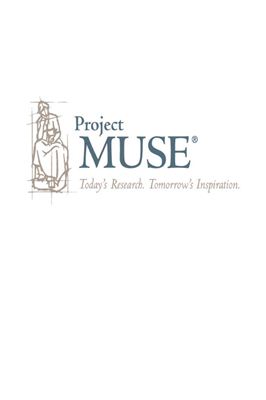PUBLISHER: Indiana University Press.
Aleph: Historical Studies in Science and Judaism.
Volume 9, Number 1, 2009, pp. 41-76.
E-ISSN: 1553-3956 Print ISSN: 1565-1525.
Project MUSE - scholarly jouals online.
20 pages.
Abstract:
Samuel Ibn Tibbon's Peru? ha-Millot ha-Zarot was one of the most popular and widely used Jewish philosophical reference works during the Middle Ages and survives in more than 50 manuscripts. It was read both as a glossary to his Hebrew translation of the Guide of the Perplexed and as a general introduction to philosophy. The definitions that Ibn Tibbon provides, which range over the full curriculum of medieval philosophy and science, were not always original. On the contrary, he borrowed freely from Arabic philosophical and scientific texts. Ibn Tibbon's use of al-F?r?b?'s Eisagoge and Categories, which he often translates word for word, is identified and explained. Drawing on this dependence, it is shown that Ibn Tibbon's text survives in four distinct recensions, each of which represents a different stage in the writing and transmission of this seminal lexicon of Hebrew philosophy and science.
In medieval Jewish philosophy, few reference works were more
widely read and influential than Samuel Ibn Tibbon’s Peru? ha-Millot
ha-Zarot (Explanation of Unfamiliar Terms, completed by 1213).
This Hebrew philosophical lexicon, which survives in more than fifty
complete or fragmentary manuscripts, was written as a companion to
his revised Hebrew rendering of Maimonides’ Guide of the Perplexed.
Often it was transmitted together with the Guide, but it also circulated
independently and was read both as a companion to the Guide and as
a general introduction to philosophy, giving Hebrew readers their first
encounter with the Greco-Arabic sciences.
Aleph: Historical Studies in Science and Judaism.
Volume 9, Number 1, 2009, pp. 41-76.
E-ISSN: 1553-3956 Print ISSN: 1565-1525.
Project MUSE - scholarly jouals online.
20 pages.
Abstract:
Samuel Ibn Tibbon's Peru? ha-Millot ha-Zarot was one of the most popular and widely used Jewish philosophical reference works during the Middle Ages and survives in more than 50 manuscripts. It was read both as a glossary to his Hebrew translation of the Guide of the Perplexed and as a general introduction to philosophy. The definitions that Ibn Tibbon provides, which range over the full curriculum of medieval philosophy and science, were not always original. On the contrary, he borrowed freely from Arabic philosophical and scientific texts. Ibn Tibbon's use of al-F?r?b?'s Eisagoge and Categories, which he often translates word for word, is identified and explained. Drawing on this dependence, it is shown that Ibn Tibbon's text survives in four distinct recensions, each of which represents a different stage in the writing and transmission of this seminal lexicon of Hebrew philosophy and science.
In medieval Jewish philosophy, few reference works were more
widely read and influential than Samuel Ibn Tibbon’s Peru? ha-Millot
ha-Zarot (Explanation of Unfamiliar Terms, completed by 1213).
This Hebrew philosophical lexicon, which survives in more than fifty
complete or fragmentary manuscripts, was written as a companion to
his revised Hebrew rendering of Maimonides’ Guide of the Perplexed.
Often it was transmitted together with the Guide, but it also circulated
independently and was read both as a companion to the Guide and as
a general introduction to philosophy, giving Hebrew readers their first
encounter with the Greco-Arabic sciences.

